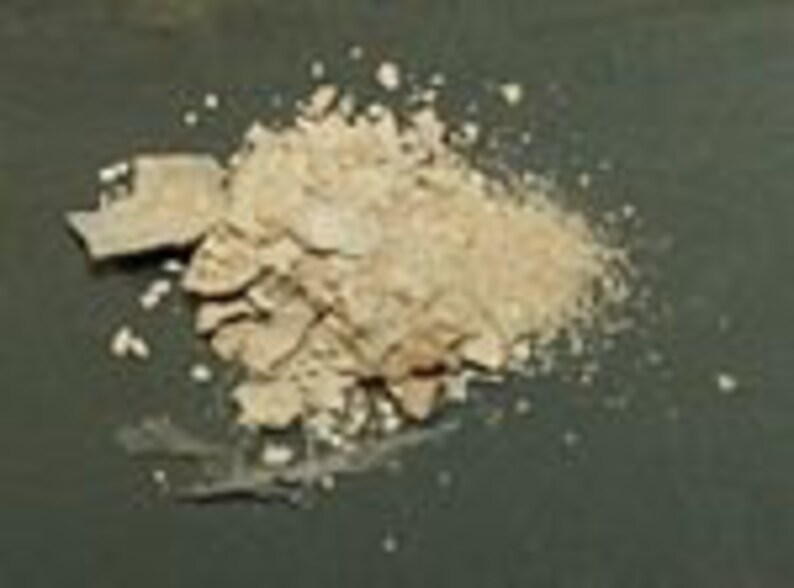
Lithium's place is firmly established on the metal market. Lithium mining produced an estimated 82,000 metric tons of lithium in 2020 and the global reserves in 2021 is at an estimated 21 million tonnes. The remaining saline solution is processed to extract the lithium, usually by electrolysis. The water is brought to the surface and allowed to evaporate. Chile and Argentina extract lithium from the brine of underwater lakes. In Australia, lithium comes from mining ores of other minerals. China and Argentina also produce the metal to a lesser degree. Two of the world's major lithium producers are Australia and Chile. Lithium hydride, in particular, plays a role in storing hydrogen as fuel. Lithium is also used in glass products, air conditioning, industrial drying systems, and lubricants for high-temperature components. Lithium is also used to create alloys with magnesium and aluminium which are then deployed in armour plating, aircraft and trains. The metal plays an essential role in the creation of lithium-ion batteries, especially for laptops, mobile phones, electric vehicles, and pacemakers. Applicationsīesides being used extensively in the medical and psychiatric fields, lithium also offers vast applications in other areas. The metal is found in trace amounts in many rocks and mineral water but is more abundant in minerals such as petalite, spodumene, lepidolite, and amblygonite. Symptoms include nausea, tremors, fatigue, dizziness, heart rhythm and thyroid issues, muscle weakness, rashes and confusion. Lithium has a host of side effects when consumed by a sensitive individual or in too large quantities. Pregnant women are advised to avoid this substance as it might lead to birth defects. However, its effects on the brain remain understudied. Lithium carbonate is prescribed for manic depression (also known as bipolar disorder) and sometimes for lesser grades of depression. Lithium is toxic and ingestion is often done under close medical supervision. When burning, lithium has a crimson flame that turns white when the fire turns more vigorous. Lithium is the only metal that reacts at room temperature with nitrogen. Once lithium is cut and exposed, it develops a black oxide layer. It has a potent reaction to water and with air, it rapidly oxidizes after being cut. It has the lowest density of all metals at 0.534 g/cm3. Lithium has a silvery veneer and is a soft and malleable metal.

In the late 1800s, it was used to treat mania with such positive results that lithium is still used in psychiatry today.

In the mid-1800's it was unsuccessfully used to remedy gout and uric acid calculi. Early Uses and Applicationsįrom early on, lithium was used in the medical world as a treatment for physical and psychiatric conditions. The metal's name is derived from the Greek word "lithos" meaning stone. Johan August Arfvedson of Stockholm analysed the mineral when he realized it contained an unknown metal that was a new alkali and a version of sodium. This was the first lithium mineral to be found but it wasn't until 1817 that lithium was identified as a new metal in its own right. In the 1790s, Jozé Bonifácio de Andralda e Silva from Brazil discovered petalite on Utö, a Swedish island. It is known as a soft substance with the lowest density of all metals (0.534 g/cm3). Lithium has the symbol Li and atomic number 3. On the periodic table, it belongs to Group 1 (Ia) which holds the other alkali metals hydrogen (H), sodium (Na), rubidium (Rb) potassium (K), cesium (Cs), and francium (Fr).

Lithium is a silvery-white metal that resembles aluminium or platinum. While lithium has a wide variety of uses, it is most widely known for its use in lithium-ion batteries.


 0 kommentar(er)
0 kommentar(er)
